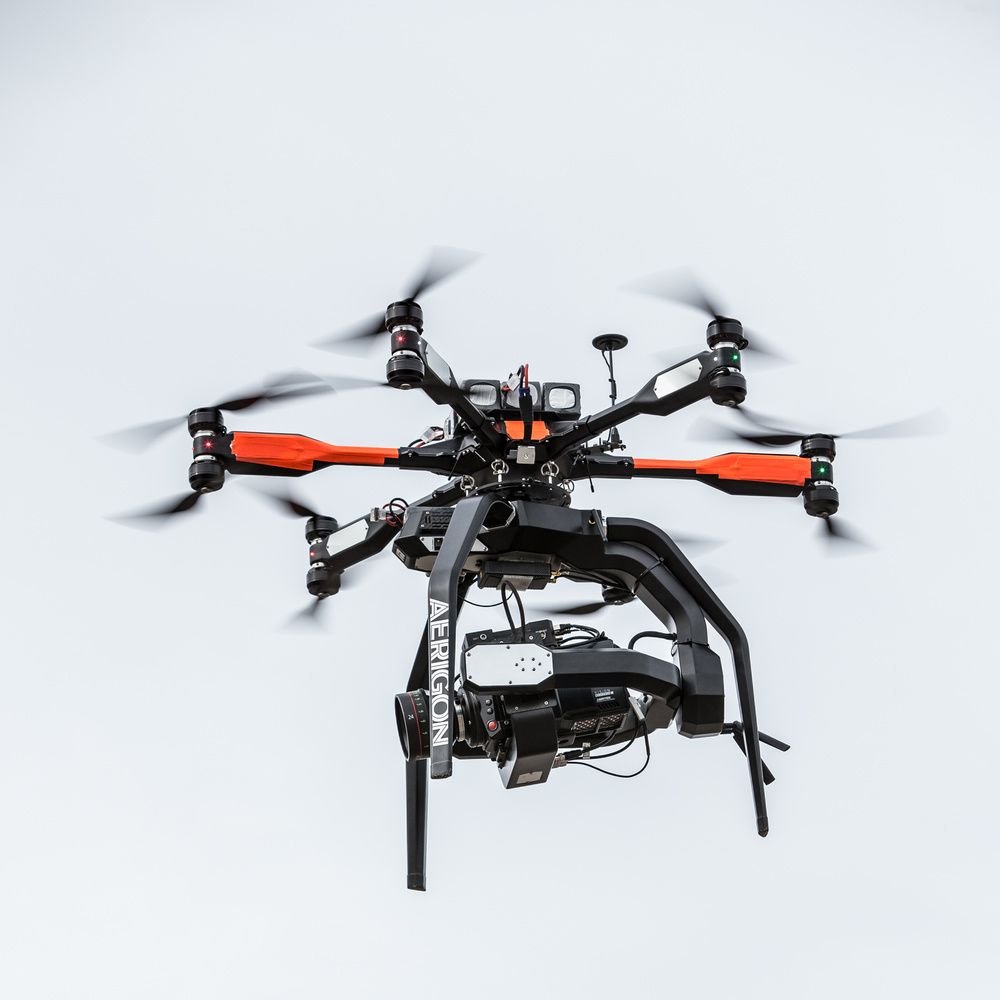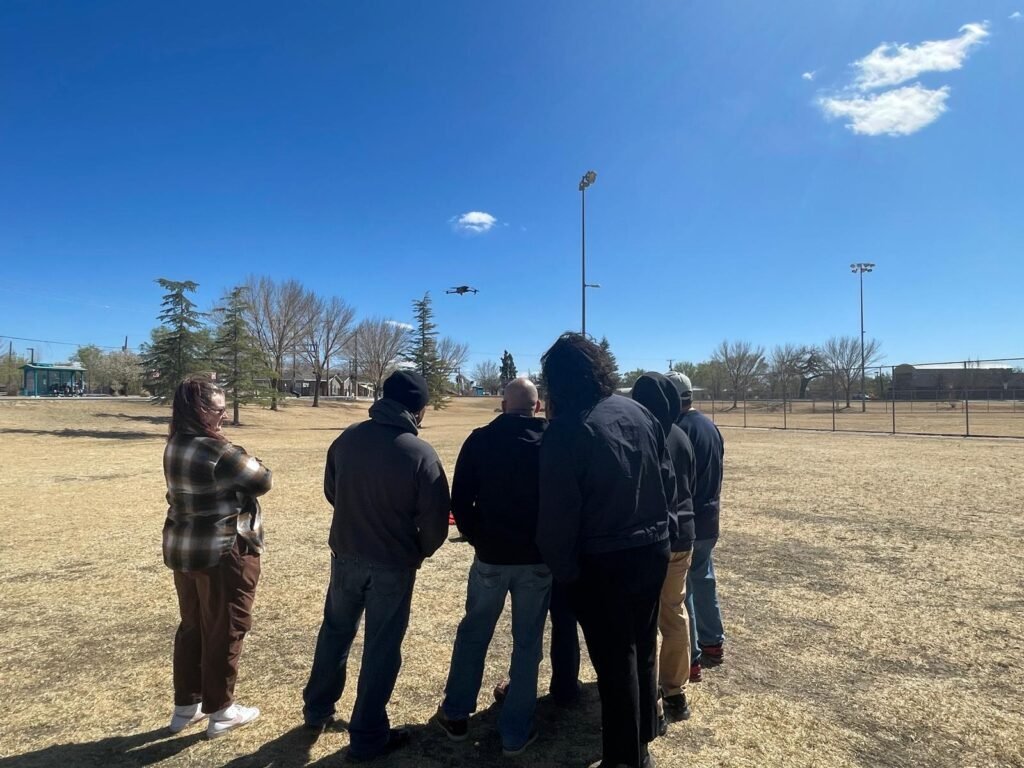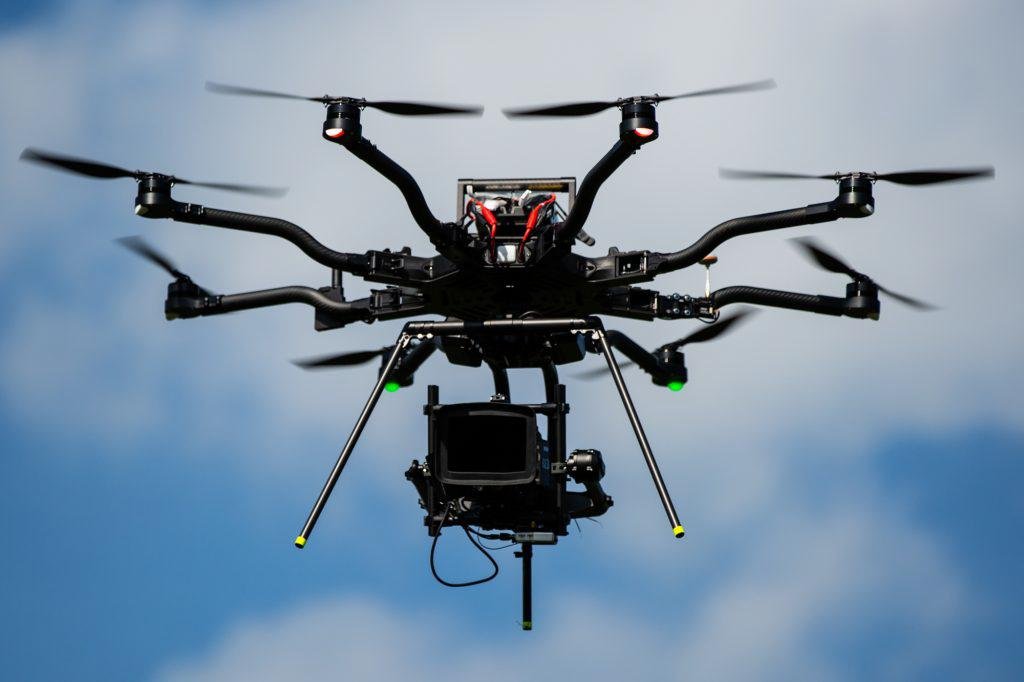Flying drones is fun, thrilling, and opens up a whole new world of aerial photography, racing, and exploration. But let’s be real—starting out can be overwhelming. With so many features, rules, and flying conditions to understand, many beginners make mistakes that can cost them their gear—or worse, land them in legal trouble. In this article, we’re breaking down the top 5 most common (and costly) mistakes that new drone pilots make and, more importantly, how you can avoid them like a pro. Ready to fly smarter? Let’s dive in.
1. Ignoring Local Drone Regulations
Why Following Drone Laws Matters
Most new pilots assume flying a drone is just like playing with a remote-controlled toy. Wrong move. Drones are considered aircraft by most countries, and as such, they’re regulated. Not knowing the rules can not only get your drone confiscated but might also land you with hefty fines or legal action. Depending on your location, you might need a license, registration, or special permissions to fly.
In the U.S., for example, the FAA requires all drones over 250 grams to be registered. In some countries, even flying in your backyard could be restricted based on proximity to airports, government buildings, or privacy laws. Trust us, ignorance isn’t an excuse—law enforcement won’t accept “I didn’t know.”
Common Legal Mistakes Made by Beginners
- Flying in restricted zones like near airports or stadiums.
- Not registering the drone if it’s required by law.
- Flying above the allowed altitude limit, usually 400 feet.
- Flying at night without proper lighting or authorization.
- Filming people or private properties without permission.
Even if you’re in a remote area, some places are restricted for a reason. Think wildlife protection, national security, or aviation safety. Always double-check your local laws before takeoff.

How to Stay Updated on Regulations
- Use drone apps like B4UFLY (for the U.S.) that show no-fly zones in real-time.
- Visit the official aviation authority’s website in your country for the latest updates.
- Join drone forums or social media groups where news about changes in regulations spreads quickly.
- Take an online course—many are free or low-cost and keep you up-to-date.
Avoiding legal trouble is the easiest way to enjoy your drone hobby stress-free. Always know before you go.
2. Failing to Do a Pre-Flight Checklist
Importance of a Thorough Pre-Flight Routine
You wouldn’t jump into a car and speed off without checking your fuel, brakes, or tires, right? Drones require the same level of attention. Skipping pre-flight checks is one of the fastest ways to experience a crash, lose your drone, or have a flight cut short.
Pre-flight routines ensure your equipment is functioning properly and the environment is safe to fly in. Without these checks, you’re basically rolling the dice with hundreds (if not thousands) of dollars worth of tech.
Items Every Pre-Flight Checklist Should Include
- Check the weather: Wind speed, rain, or fog can make flights unstable.
- Inspect the drone physically: Look for cracks, loose propellers, or battery issues.
- Battery levels: Make sure both drone and controller are fully charged.
- Calibrate the compass and IMU: Helps the drone understand its orientation.
- GPS signal: Ensure you have a strong connection before takeoff.
- Check SD card/storage: Nothing’s worse than flying the perfect shot and realizing you didn’t hit record.
- Update firmware: A small update can fix critical bugs or enhance flight safety.
How Skipping Pre-Flight Checks Can Lead to Crashes
Skipping even one of the above can have serious consequences. A loose propeller could detach mid-air. A dead battery might bring your drone down in a river. Poor GPS can lead to flyaways. It doesn’t take much to go from “sweet footage” to “sweet regret.”
Create a printed checklist or save one on your phone. Make it a habit. It’s 3 minutes of effort that could save you hundreds of dollars—and your drone.
3. Flying Without Enough Practice

The Learning Curve of Drone Flying
Drones are sophisticated. Yes, they have stabilization, GPS, and return-to-home functions, but that doesn’t mean they fly themselves. Like anything mechanical, there’s a learning curve. Many beginners buy a fancy drone, throw it in the air, and hope for the best. That’s how drones get lost, stuck in trees, or smashed into buildings.
Simulators and Safe Practice Areas
Before you go outdoors, use a flight simulator. Apps like DJI’s Flight Simulator or FPV simulators let you practice real-time controls without any risk. They replicate wind resistance, battery behavior, and even emergency situations.
Then, when you’re ready to fly in the real world:
- Start in wide open fields with minimal obstacles.
- Avoid windy days or crowded parks.
- Practice basic maneuvers like takeoff, landing, hovering, rotating, and figure eights.
The key is muscle memory. The more comfortable you are with the sticks, the more control you’ll have in unpredictable situations.
Tips to Build Confidence Before Big Flights
- Don’t rush into complex shots or high-altitude flying right away.
- Use beginner mode on your drone if available.
- Fly low and slow to understand how the drone reacts.
- Review your flight logs to identify areas for improvement.
- Record practice sessions to see your control technique.
Think of flying a drone like learning to ride a bike. You don’t start on a mountain trail—you start in the driveway.
4. Draining the Battery Too Low
Risks of Running the Battery Too Low
Drone batteries are not like your phone’s battery. Once they reach a critical level, they can drop voltage instantly—causing your drone to crash or initiate emergency landing far from you. Many beginners think, “I’ve got a few more minutes,” only to end up watching their drone drop like a brick.
Some drones have return-to-home (RTH) functions, but these only work well when there’s enough battery to get back. Flying too far out and pushing the battery can mean your drone doesn’t make it home.
Understanding Drone Battery Management
Most drone batteries are lithium-polymer (LiPo), which are powerful but sensitive. They’re not meant to be drained completely. A good rule is to start returning when the battery hits 30%.
Also:
- Avoid flying in extreme cold: It reduces battery efficiency.
- Don’t leave batteries fully charged for weeks: It wears them down.
- Use proper storage voltage for batteries not in use.
How to Monitor Battery Levels Effectively
- Use your drone’s app to track real-time battery stats.
- Enable low battery alerts for audio or visual warnings.
- Time your flights—know how long your drone usually lasts and set a timer.
- Carry extra batteries and rotate them between flights.
Smart battery habits will keep your drone in the air longer—and your investment safe.
5. Losing Sight of the Drone
Why Line of Sight Is Critical
Out of sight, out of control. It’s that simple. Flying your drone beyond visual line of sight (BVLOS) isn’t just risky—it’s often illegal. When you can’t see your drone, you can’t respond to obstacles, birds, other aircraft, or weather conditions effectively.
You rely entirely on your camera feed, which has a delay and a limited field of view. That makes you blind to hazards outside of the frame, and it increases the chance of collisions or flyaways.
What Happens When You Lose Visual Contact
- Signal drop between drone and controller.
- Inability to avoid obstacles like trees or power lines.
- Increased stress, which can lead to overcompensation or erratic controls.
- Flyaway scenarios, especially with poor GPS signals or interference.
The result? You either hit something, panic and crash, or lose your drone entirely.
Best Practices to Maintain Control and Visibility
- Always fly during daylight and in clear weather.
- Don’t go behind buildings, trees, or hills that block line of sight.
- Keep the drone low and centered in your visual field.
- Use visual observers (a friend or spotter) when flying farther out.
Staying in sight isn’t just a legal requirement—it’s your safety net when things go wrong.
Conclusion
Flying drones is a rewarding experience—but only when done right. Every new pilot makes mistakes, but those who take the time to learn, prepare, and fly with care are the ones who really get to enjoy the full thrill of the skies. From understanding local laws to respecting battery life and flight limits, it’s all about practicing discipline and responsibility. When you avoid these top 5 beginner blunders, you not only protect your investment—you also protect others, stay out of trouble, and set yourself up for epic footage and smooth, stress-free flying sessions.
So, before your next flight, think back on these tips. Run through your pre-flight checks, keep that battery in check, and always keep your drone in sight. Fly smart, and you’ll find out that the sky really isn’t the limit—it’s just the beginning.
Frequently Asked Questions (FAQs)
1. What’s the best drone for a beginner?
For new pilots, the DJI Mini 2 or Mini 3 is a popular choice. They’re lightweight, easy to control, and offer great camera quality with beginner-friendly features like GPS stabilization and return-to-home. Other good options include the Holy Stone HS720 or the Ryze Tello for those on a tighter budget.
2. How far can I fly a drone legally?
In most countries, drones must be flown within visual line of sight, which usually means a few hundred meters. Some drones can go much farther technically, but legal restrictions are in place to prevent accidents and interference with other aircraft. Always check your local drone laws.
3. Can weather conditions affect drone flights?
Absolutely. Strong wind, rain, fog, and extreme temperatures can all severely impact drone performance. Wind can blow your drone off course, while moisture can damage sensitive electronics. Cold weather can reduce battery life dramatically, causing sudden power loss mid-flight.
4. Do I need a license to fly a drone?
In many countries, yes—especially if you’re flying drones over a certain weight or for commercial purposes. For instance, in the U.S., recreational pilots must pass the TRUST test, while commercial pilots need a Part 107 license. Always check with your aviation authority.
5. What happens if I crash someone else’s property with my drone?
If your drone damages someone’s property, you are liable for the damages. It’s a good idea to carry drone liability insurance if you fly in populated or high-risk areas. Always fly with caution, and never over people or private property without permission.








